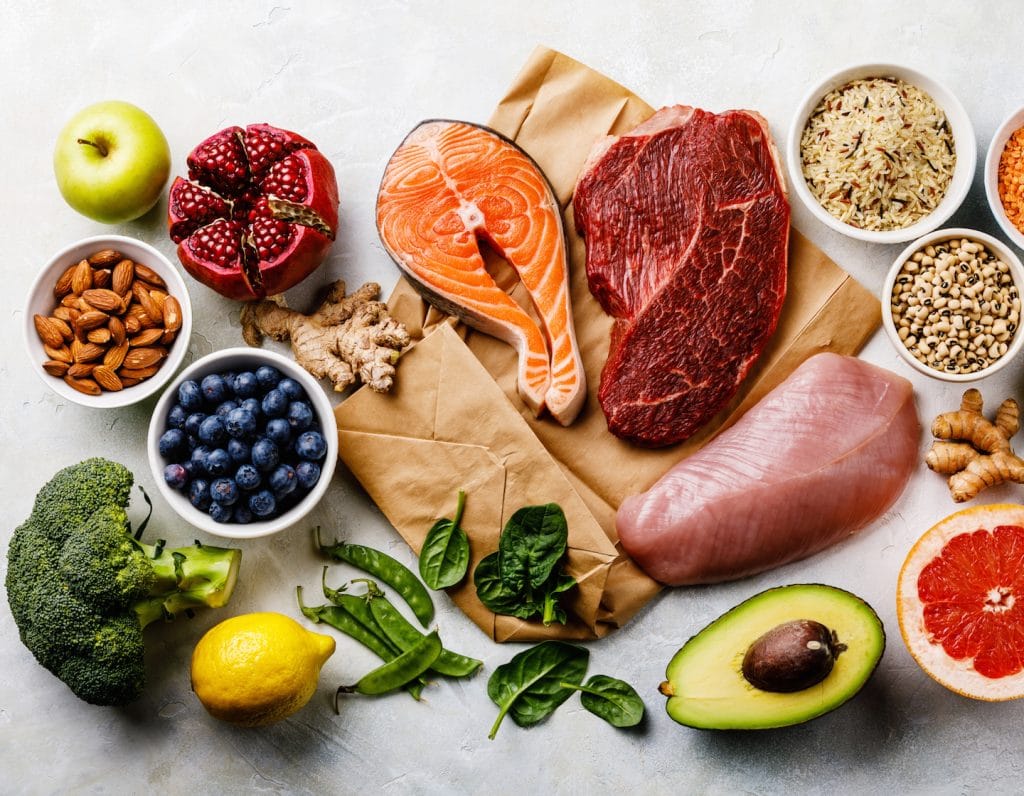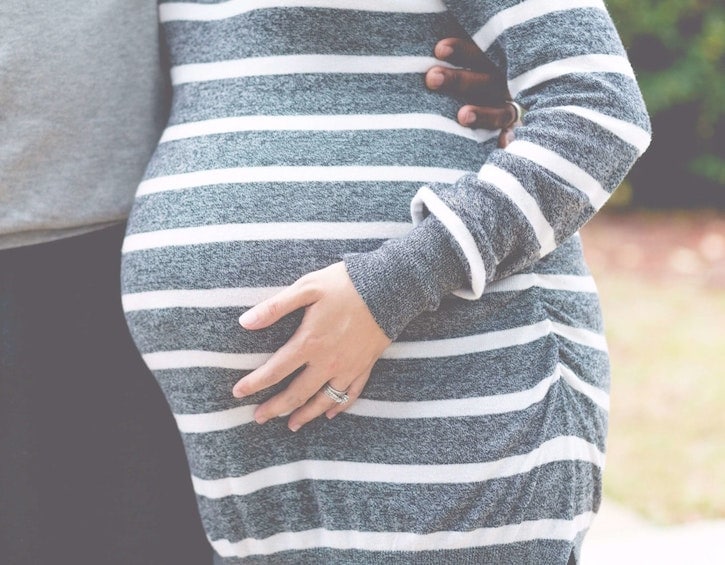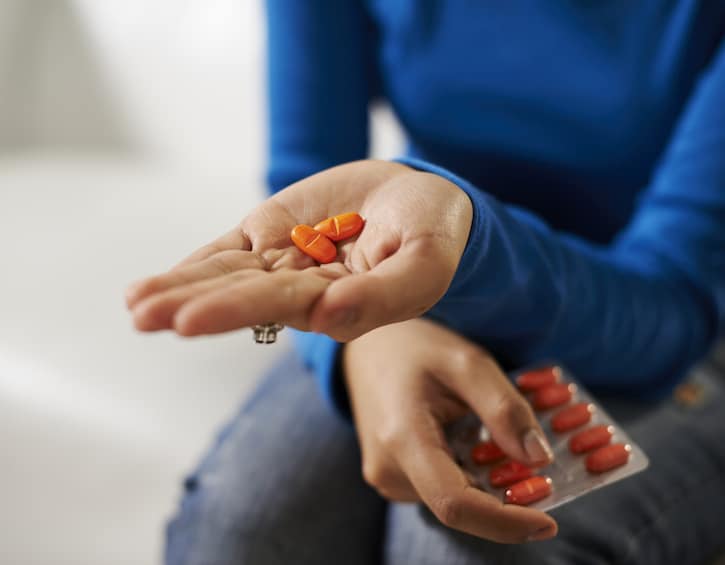
Did you know 1 in 3 women has an iron deficiency? Dr Cheryl Kam runs through the systems, and the treatment options so you can start feeling better, mama!
Iron deficiency is the most common nutritional deficiency globally, affecting 1 in 3 women worldwide.
Symptoms include
- Fatigue
- Hair loss
- Brain fog
- Poor immune function (i.e. more prone to the common cold/flu)
- Cold intolerance and much more
Unfortunately, it is usually only detected when you become anaemic and have been suffering from suboptimal health and lowered mood and brain function for years by that point.

I am iron deficient but I feel fine!
This is because iron depletes slowly, day by day, over years. You may not notice, or put it down to stress or lifestyle. The human body is excellent at compensating.
No matter how fine you feel while iron deficient, you are at increased risk of poorer heart health in the long run if iron is not replenished.
I have Thalassemia minor and my doctor said to consume less iron…
Patients with Thalassemia are at risk for iron build up when iron exceeds physiological level.
However, if iron deficient, these patients will still need to top up their iron to a safe level, for the proper functioning of the heart, lungs, brain and other organs.

How to diagnose iron deficiency
Ask to check your serum ferritin at your next check-up.
Serum ferritin is a marker of the iron stores in your body. When the blood concentration falls below 30ng/mL you no longer have enough iron in your body and are probably experiencing many of the symptoms of iron deficiency.
Ferritin above 100ng/mL is what I would consider a good number.
My blood tests are normal…
My experience with labs is their ranges are too huge and patients already begin to see changes in their health before an extreme case is reached and the lab test shows you a red mark.
You need someone experienced in the interpretation of micronutrient tests to be able to work out what’s going on in your body, and everything is connected.
Furhtermore, Iron, Zinc, Vitamin C status need to be assessed together.
As an integrative and functional medicine doctor, in my opinion conventional lab “Normal” doesn’t necessarily mean all is clear.

Women are at higher risk
Women are most at risk of iron deficiency due to regular menses. For every 1mL of blood that is lost, we lose 0.5mg iron. Over a year, a woman with heavy menses can have annual losses exceeding 500mg iron. If you consider that most women only have about 3,000mg or iron in their body, it is easy to understand why so many are at risk of iron deficiency.
To make things worse, during pregnancy a growing baby will require about 1,000mg of iron from the mother. As 40% of women enter pregnancy in an iron deficient state, too many will deliver in a highly iron deficient state. Consequences exist for both mother and baby (risk of postpartum depression, low birth weight etc.).
Iron and Kids
To my knowledge a nice amount of iron for everyone is good, not too much nor too little. I am not aware of a paradoxical effect on oversupply during growing years (though when a woman is menstruating, supplement with more iron-rich foods).
Babies who drink a lot of cow/goat/soy milk and eat less red meat, pulses and greens are at risk for iron deficiency. Generally, a child doesn’t need much milk from the age of 12 months, and will do better on a varied diet consisting of beans, pulses, meats and fruit.
Low iron in children affects growth and development potentials across the board, and presents with vague symptoms of fatigue, paleness, poor appetite, behavioral issues, and less commonly, cravings for non-food items such as ice, paint, clay or dirt.
How to increase iron levels in the body?
Humans cannot make iron so we are 100% reliant on our diet. Iron is best absorbed from red meat, fish, seafood and chicken. Whilst many vegetables have high iron content, our bodies cannot absorb this phyto-form of iron nearly as well.
1kg of spinach = 200g of fish = 1mg of iron
In a deficiency state, one needs 500-1000mg of elemental iron to make an impact upon symptoms.

The problem with iron tablets
You will only absorb 10% of the iron in a tablet. And will need to take them for 6-12 months to replete your stores if you are deficient.
Many forms of oral iron tablets are available, BUT they can cause gastrointestinal issues including diarrhoea, constipation or nausea. It is probably not worth taking iron within a multi-vitamin pack as the iron content is very low and amount absorbed not sufficient to do much.
The game changer: Iron infusions
Intravenous iron is an extremely safe, fast and clean option for many of my patients, even during pregnancy.
IV iron has been available since the 1930s, with the latest form of iron carboxymaltose since 2010. IV iron is, however ,still a relatively new concept in Asia, and work is underway to ensure more GPs are familiar with diagnosis and treatment of this condition.
IV iron is given usually as a one-off injection into the veins over 15 minutes, and currently costs around $350-400 as an outpatient. There are very few side effects with the new generation of iron used, unlike the old formulas used in the past which were associated with high levels of anaphylaxis.
Often a patient who has had chronically low iron stores will walk out of the clinic feeling like a brand new person. Mood, energy levels, exercise tolerance, and even improved sleep have been reported.
At 6-8 weeks a repeat iron test is done to ensure a good response, and to continue investigations into the root cause of low iron, if not already done.
The iron infusions I arrange give 500mg of pure elemental iron safely in a drip, within 15 minutes.
Clinical data continues to grow and demonstrates that IV iron offers a rapid correction of iron deficiency with just 1 or 2 injections plus symptomatic relief in a matter of days. Improvements in exercise performance as well as overall general well-being are often observed.
Consider booking a consult to discuss IV iron with me or your healthcare professional.






 View All
View All




 View All
View All









 View All
View All







